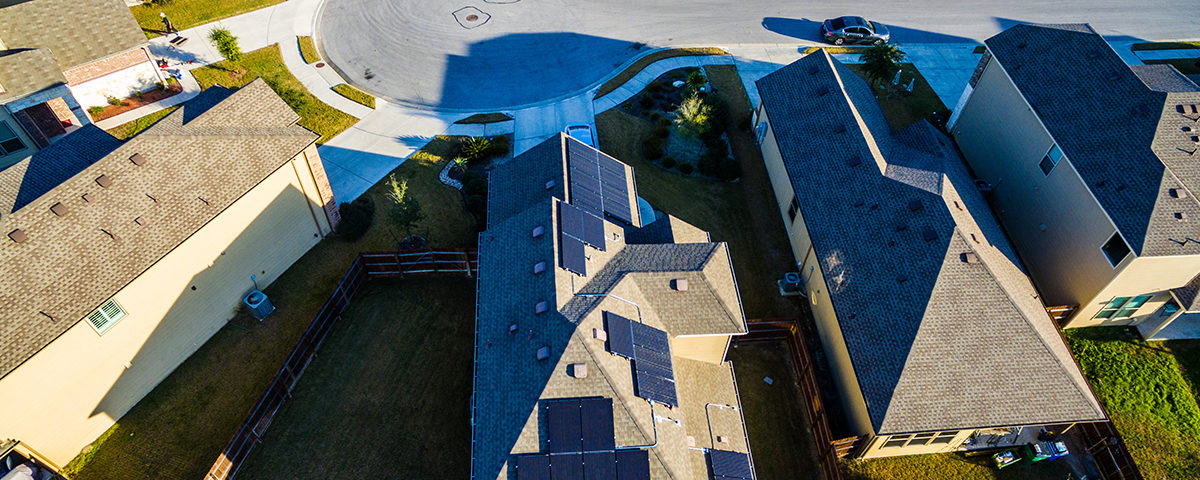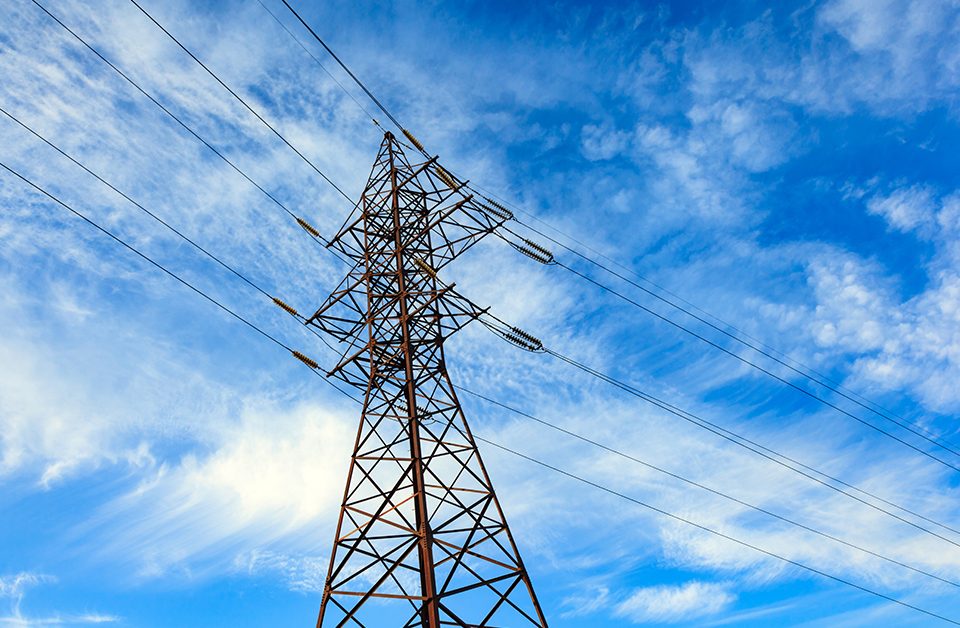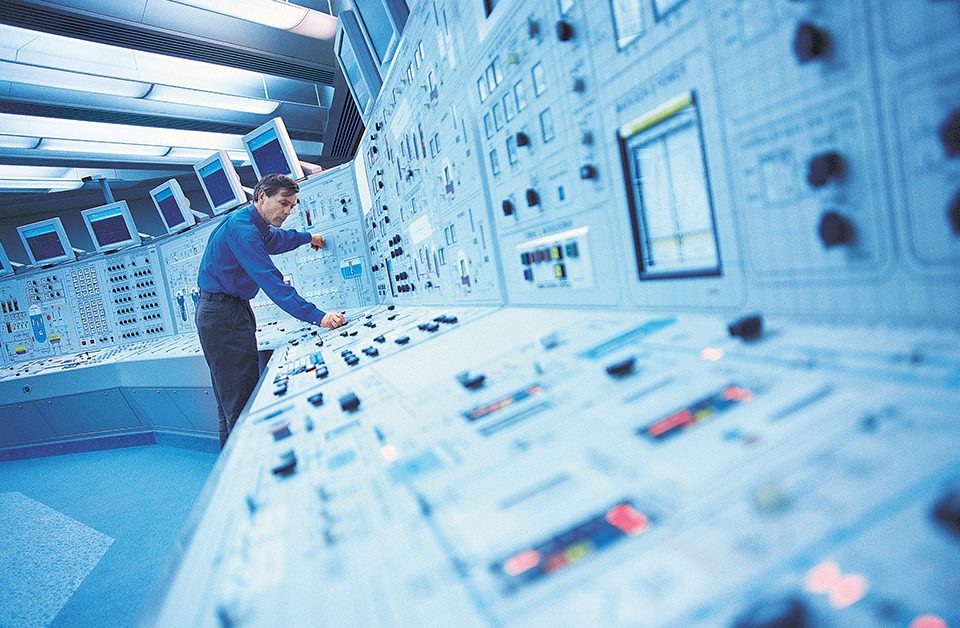100 Percent Renewable? Not Yet Doable

Flexibility, Fuels & the Future
August 10, 2018
Summer Heat = Increased Need for Southeast Energy Assistance
August 23, 2018
Last night, Energy Fairness joined a community event in Georgetown, Texas, asking whether the city is really powered by 100 percent renewable electricity? Over 100 citizens turned out for a 90-minute panel discussion and robust Q & A session, convened by the Texas Public Policy Foundation and also featuring:
- Honorable Charles McConnell, Executive Director of Rice University’s Energy and Environment Initiative.
- Bill Peacock, Vice President of Research at Texas Public Policy Foundation.
- Kevin Roberts, Ph.D., Executive Director of the Texas Public Policy Foundation.
Georgetown is a charming city north of Austin with a diverse population, thriving businesses and a university. Starting 10 years ago on an effort to refashion its power supply, the City has gradually increased its contracts for renewable energy purchases. It now has Power Purchase Agreements for nearly 300 MW of wind and solar. That amount matches, and even exceeds the load profile for about 55,000 residents. The City’s website touts that it has “one of the largest municipally-owned utilities in the U.S. to supply its customers with 100 percent solar and wind energy.
However, it is more accurate to say that Georgetown is buying 100 percent renewable energy, just as some companies and other towns have started to do. Our panel discussion explained the important distinctions, that apply to any “100 percent renewable effort,” between buying renewable electricity and actually supplying it:
- ERCOT, the islanded electricity market encompassing the City and its renewable electricity suppliers, relies on a diverse set of resources in order to serve an overall load that has reached above 70,000 MW several times this summer.
- That resource mix fluctuates from year to year, but even as ERCOT’s utility-scale wind resources have shot up to 29,000 MW, in 2016 and 2017, wind only contributed about 15 percent of the electrons delivered to homes and businesses, including those in Georgetown. Solar’s contributions stayed well below five percent both years.
- Coal, gas, and nuclear still deliver the vast majority of electrons that Texans need and this is likely to be the case for years to come. This is not because wind and solar were or will be somehow prevented from putting their power on the market, but because these resources are not always on.
It’s reasonable to ask, as some attendees did, “if this City wants to purchase 100 percent renewable electricity sources, what’s the problem?”
As the City continues to advertise that it runs on only wind and solar power, even though other resources are in its mix, the narrative contributes to misguided campaigns in other cities, counties and states. For example, California’s legislature is seriously considering legislation (S.B. 100) to put California on a fast-path to 100 percent renewable electricity. Many towns are even less able than Georgetown to access the combination of renewable sources, a robust transmission system, and necessary backup power. Advocates for massive (read billions of dollars) renewable electricity tax credits that are socialized across the entire country point to Georgetown as a reason to continue subsidies that mask the true costs of wind and solar resources.
As we’ve discussed in previous blog posts, these subsidies result in artificially depressed wholesale power costs. Low (often below zero) prices distort the Texas deregulated competitive market so deeply that the natural gas, coal and nuclear plants needed to provide 80-plus-percent of Texans’ electrons and to back up wind and solar, supporting what grid performance those resources have shown, are disappearing.
Citizens last night wanted to know why, even with recent technology innovations in renewable electricity production, it isn’t yet possible to guarantee a 100 percent renewable supply, so we discussed it during Q & A using a localized example. If the City were on its own grid depending on the 300 MW PPAs it is locked into for the next two decades, it would have to overbuild wind and solar supplies several times over and still purchase and maintain a significant backup storage resource in order to cover cloudy, windless days and still, calm nights.
If you’d like to learn more about why 100 percent renewable isn’t yet doable, check out TPPF’s resource page. Energy Fairness will return to this issue, and we hope, to Georgetown, to continue this civil, friendly, factual conversation (and for BBQ and a visit to Rentsch Brewery). One hundred percent renewable isn’t doable today, but the City has a great opportunity to play a significant role in explaining the gaps and working with a broad range of stakeholders to close them.



